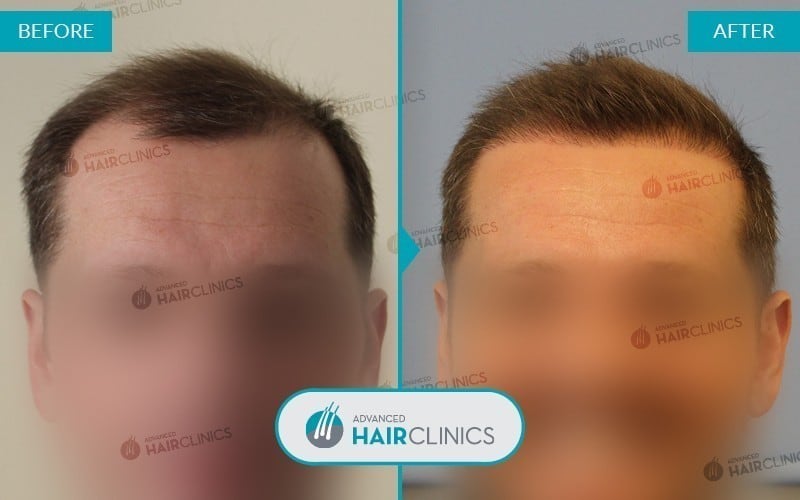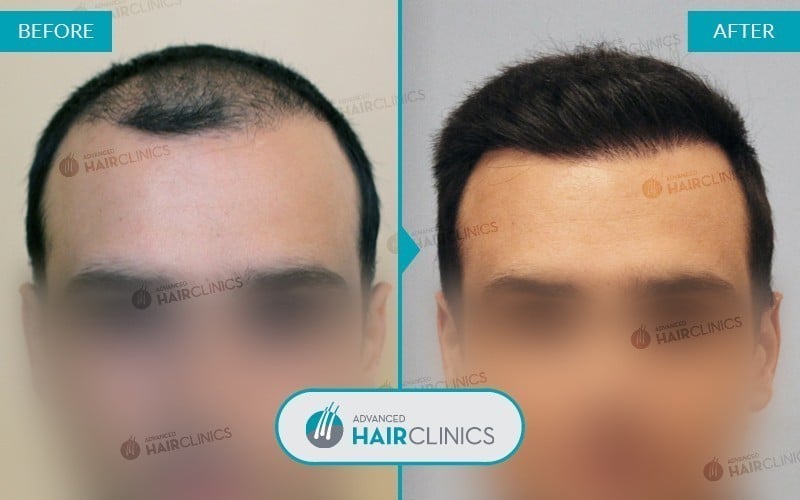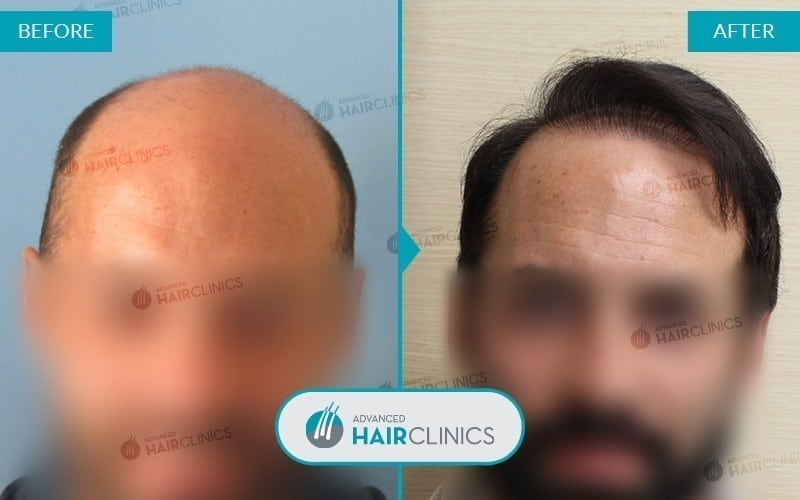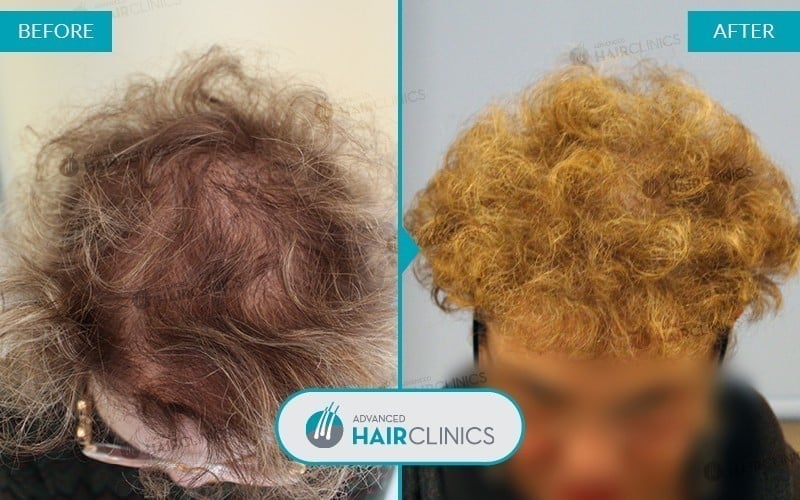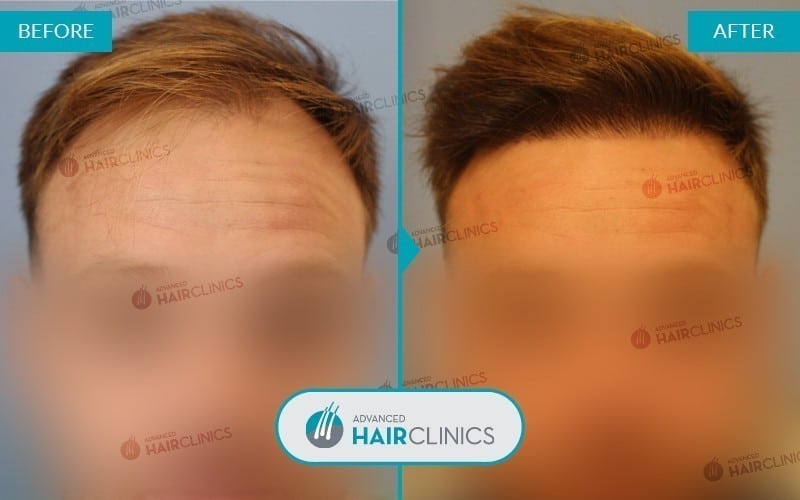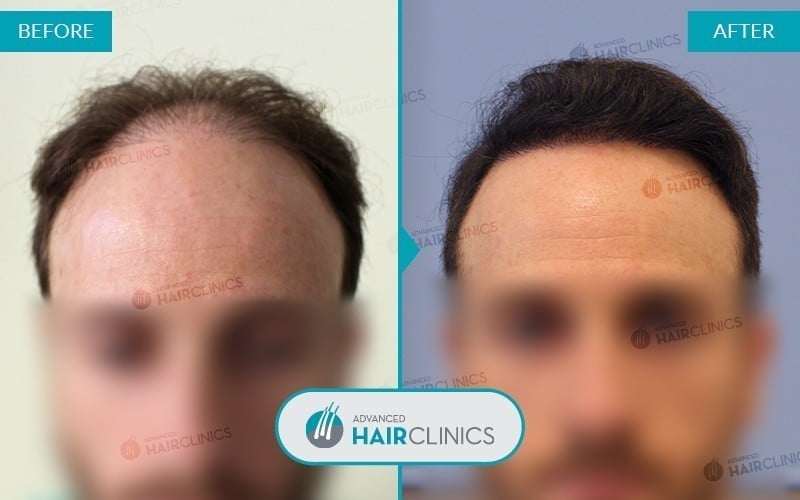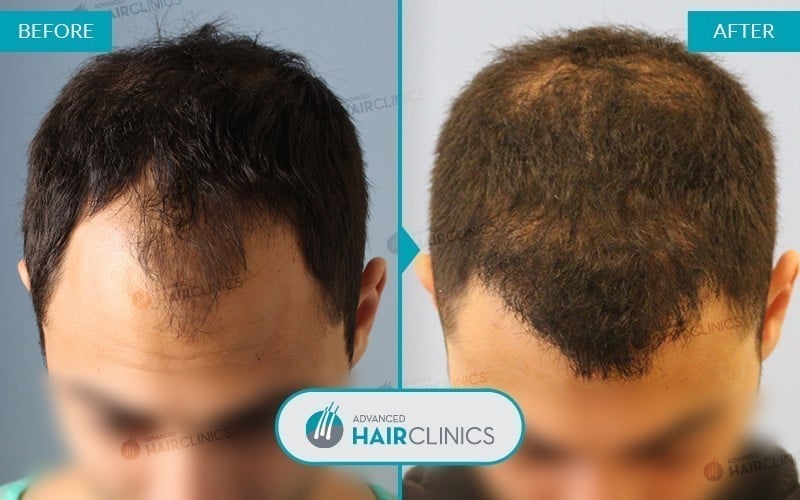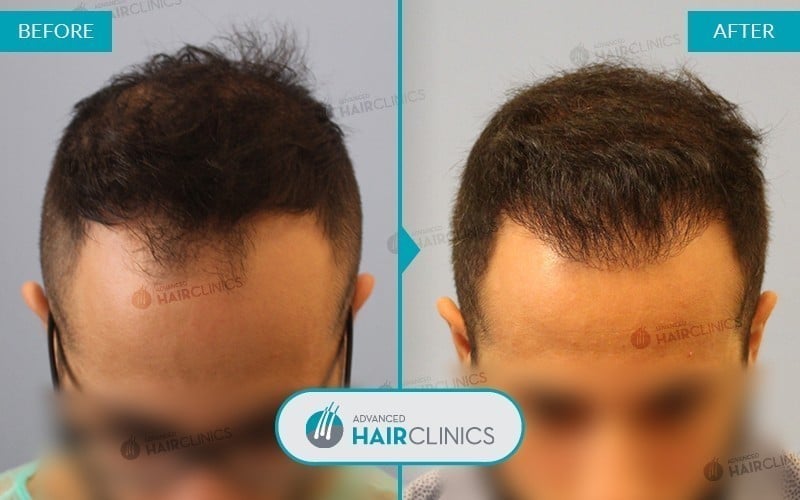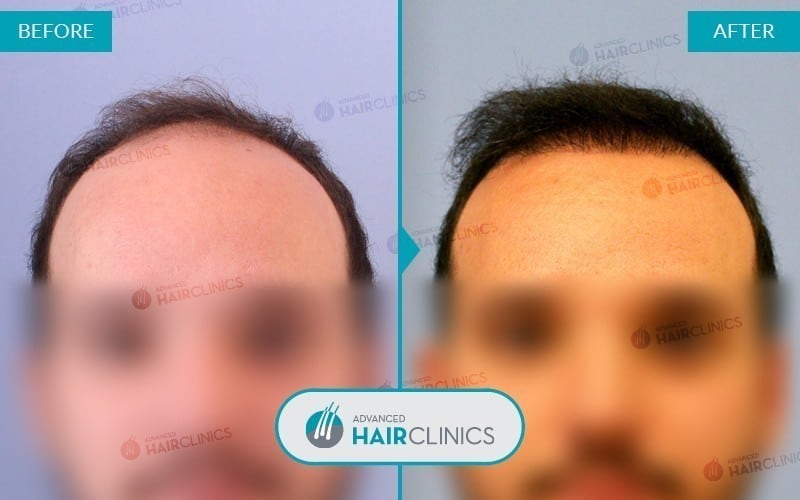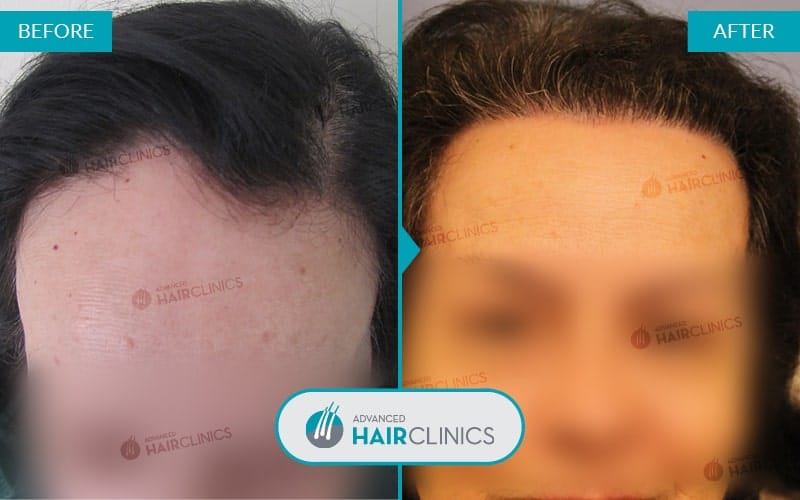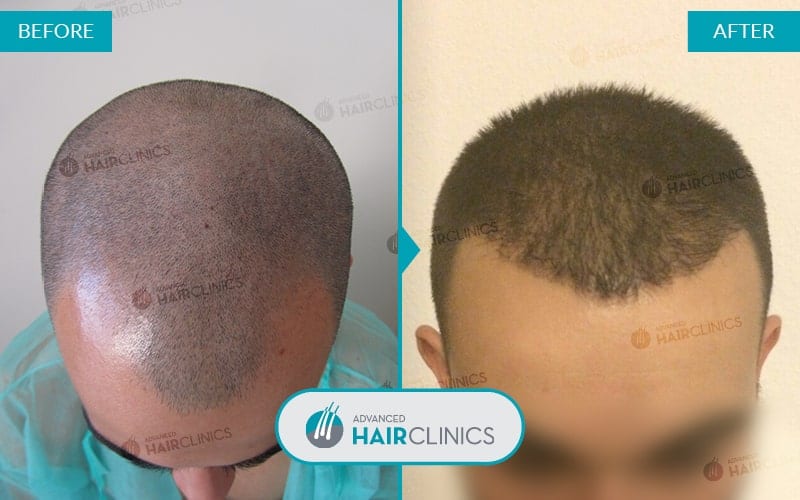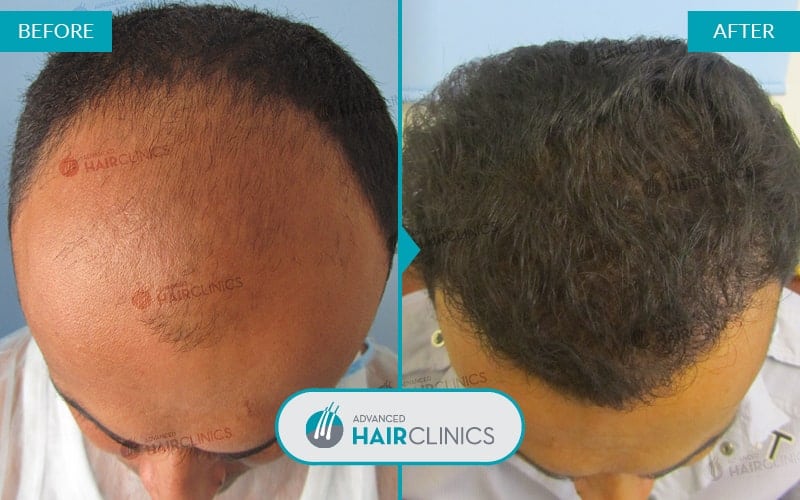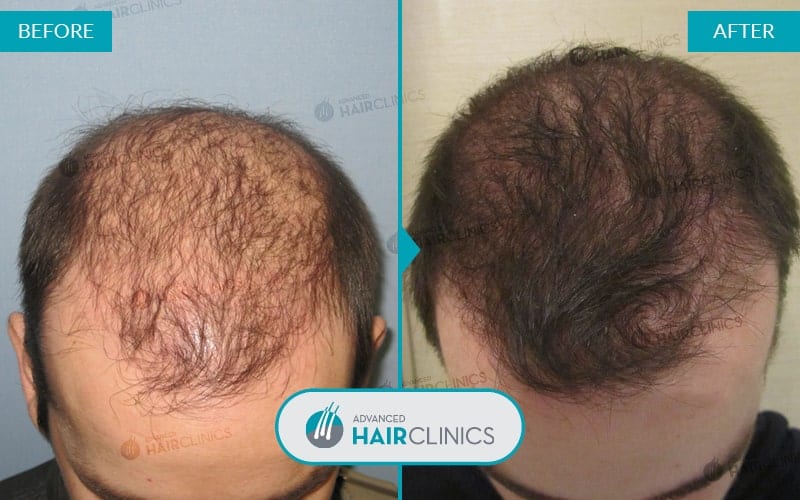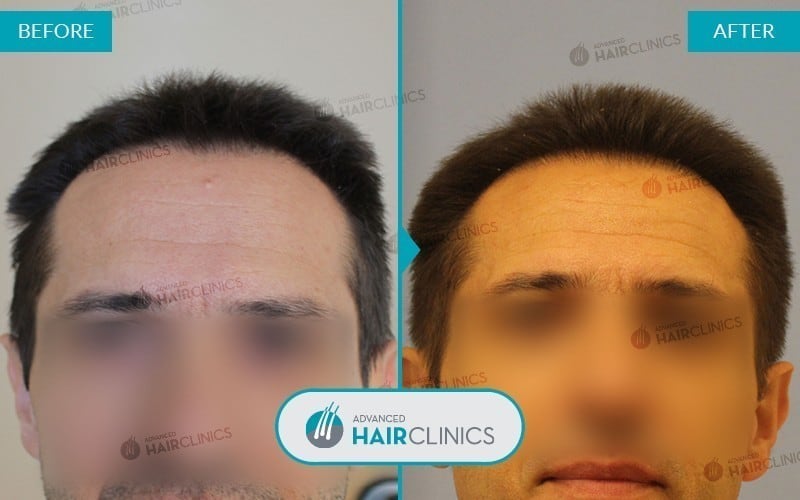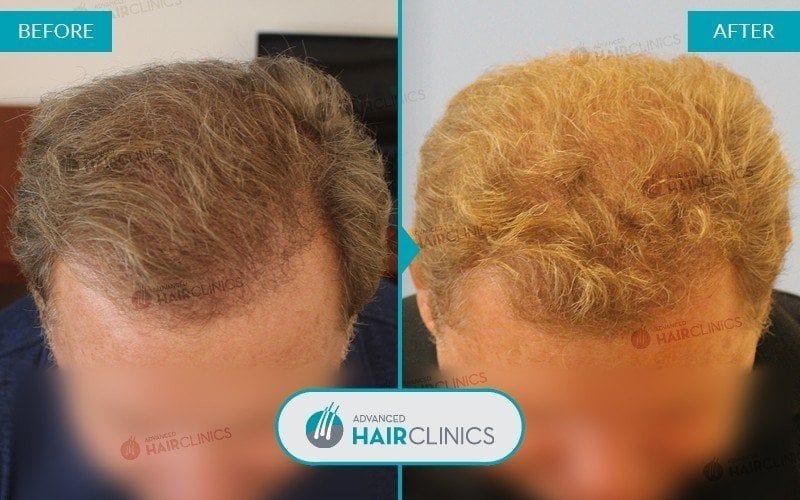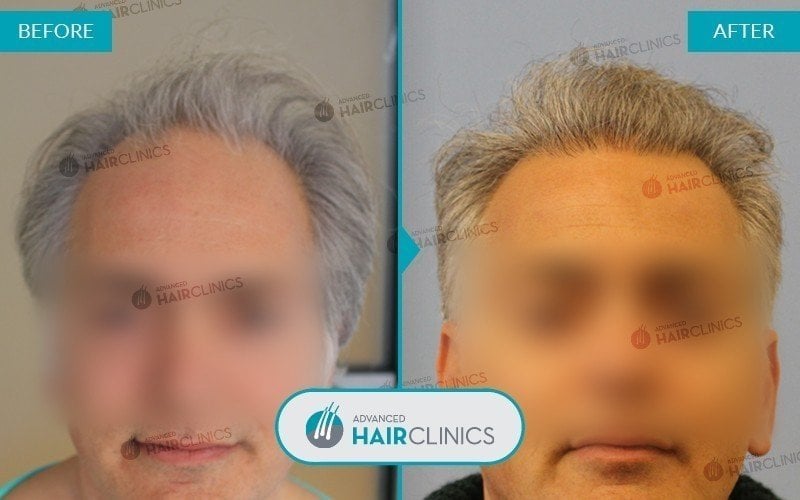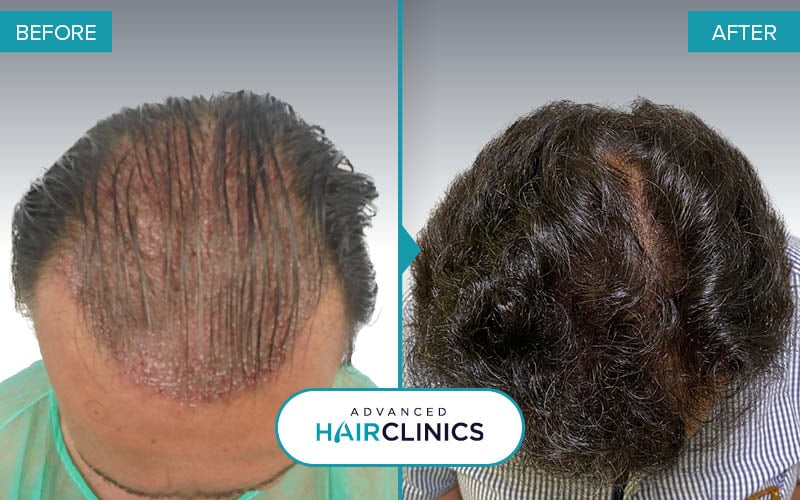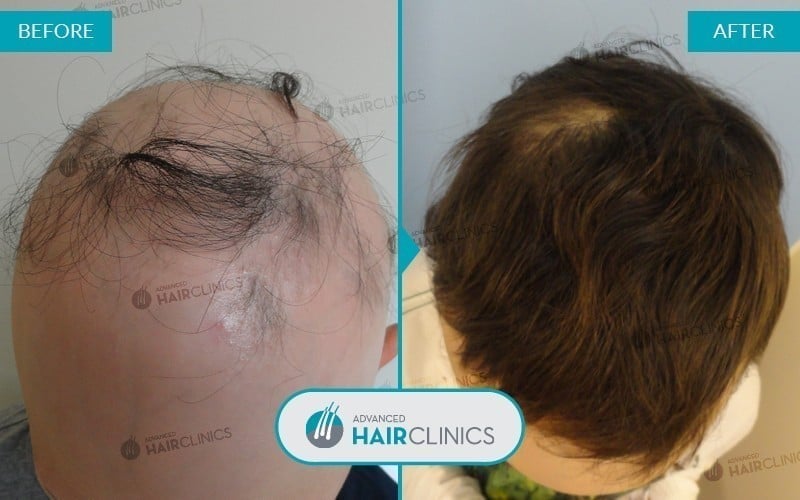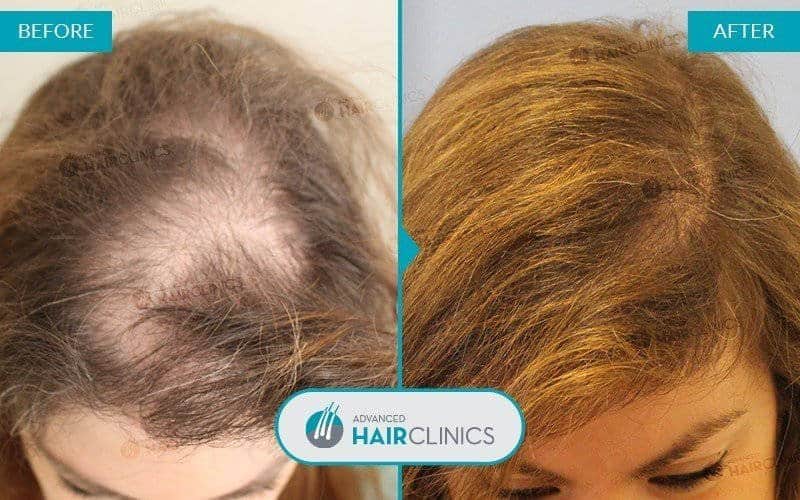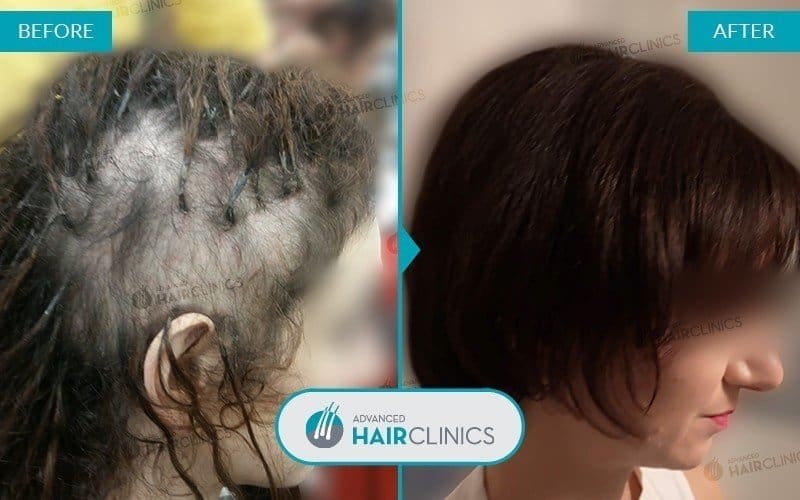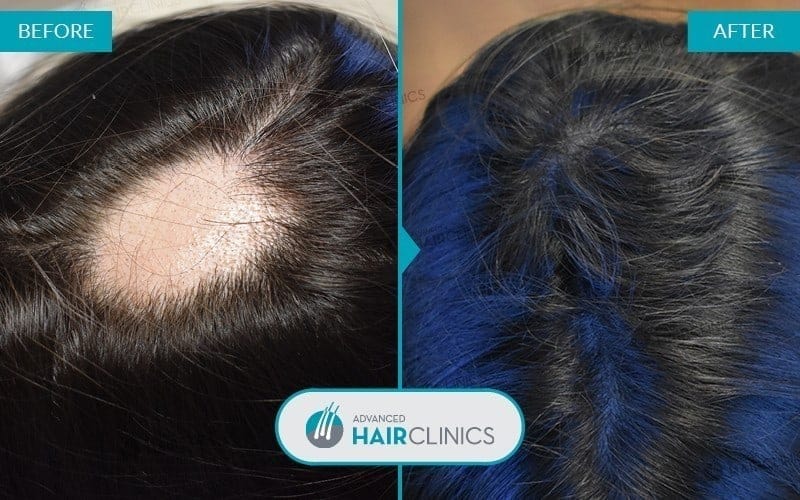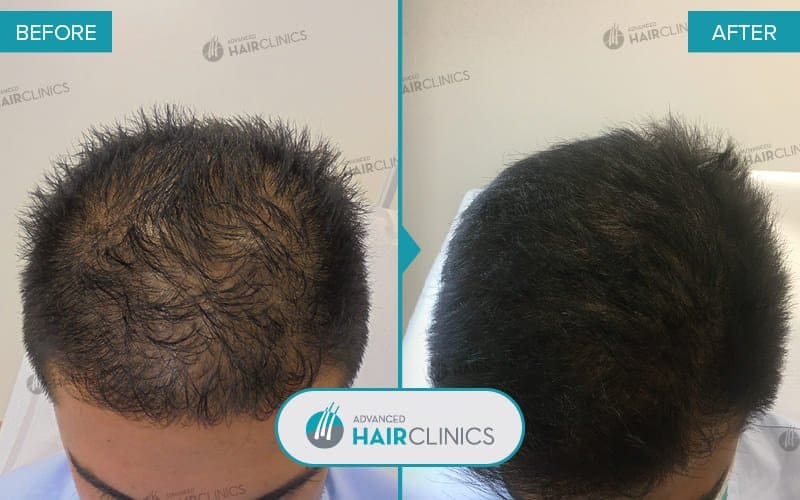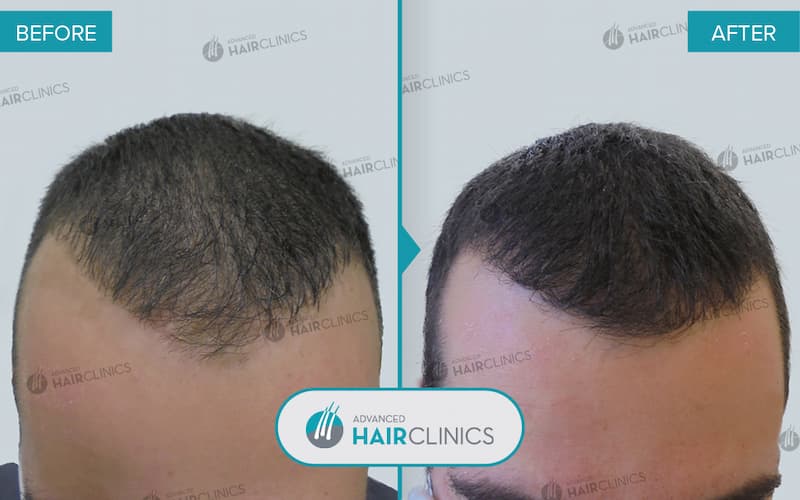Male Hair Loss
Androgenetic alopecia is the most common form of hair loss and is responsible for 95% of hair loss cases in men.
While there are many possible reasons why a man may develop hair loss – such as chronic and/or autoimmune diseases, skin conditions, reaction to certain medications, seasonality, stress, poor diet, environmental pollution and other aspects of modern life – the largest percentage is due to heredity, reaching up to 81%. This means that genetic factors contribute more to the risk of male pattern hair loss than environmental factors. Hereditary predisposition is the most powerful determinant of male pattern hair loss, as genes largely determine whether a person will develop hair loss, what the age of onset will be, what the pattern of onset will be and what the degree of progression will be.
See here more information about the causes of hair loss and find out about diagnosis and available treatments.

Diagnosis & Treatments for Hair Loss
The diagnosis of male pattern hair loss is extremely important in order to get the right treatment that will stop thinning and help strengthen the hair follicles. The medical history, the photochemical hair test or even a skin biopsy if deemed necessary will help the dermatologist to arrive at the cause of hair loss, as the prognosis of hair loss depends on it to a great extent.
At Advanced Hair Clinics, hair loss is treated separately and individually for each man who seeks our advice. Our clinic is one of the most specialized clinics for the treatment of male hair loss with experience of thousands of cases in Greece and abroad, from Europe to the Middle East.

RESULTS
Hair loss treatment & Hair Transplantation
Male Hair Loss
Clinical symptoms
The most common pattern of androgenetic alopecia is anterior and temporal thinning, with a tendency for the thinning to extend to the top of the head. Over the years, the area of thinning at the top of the head widens and in many cases merges with the anterior thinning. Male pattern hair loss occurs in 25% of the male population with apparent thinning by the age of 30 years and in 50% by the age of 45-50 years.
In the majority of men with hair loss, thinning occurs at the end of puberty and progresses rapidly between the ages of 20-30 years, with a slowing down after 30-35 years. At older ages, the course of hair loss slows down even further, following the same course as the stabilisation and gradual decline of male hormone levels in the blood.

Androgenetic Alopecia
Men who suffer from androgenetic alopecia inherit in the hair follicles a genetic sensitivity to the hormone dihydrotestosterone (DHT). Dihydrotestosterone (DHT) is a derivative or by-product of testosterone. Testosterone is converted to DHT by means of the enzyme 5-areductase which enters the hair follicles, shrinks the hair follicles and by causing changes in their function, suppresses their growth. Hair follicles sensitive to the DHT hormone become thinner and their lifespan is reduced, resulting in hair loss and a decrease in scalp density.
More specifically, the action of the hormone DHT shortens theanagen phase, during which the hair grows, and accelerates thetelogen phase, during which growth stops. This process weakens the hairs, causing them to fall out.
Often men who first experience thinning, initially show a reduction in hair density that is not due to hair loss, but to progressive hair thinning.
The affected hair follicles gradually degenerate, the hair life cycle becomes shorter and each new hair produced comes out thinner and thinner and weaker, with a shorter and shorter life span. This happens at different rates from man to man, until the hair follicle reaches a final stage of degeneration, where the hair appears thin and transparent like fluff.
Hair Loss DNA Test
Nowadays, it is possible to determine a young man’s likelihood of developing androgenetic alopecia with the help of specialised genetic tests that reveal the presence of genes in the individual’s DNA that are associated with male pattern hair loss.

